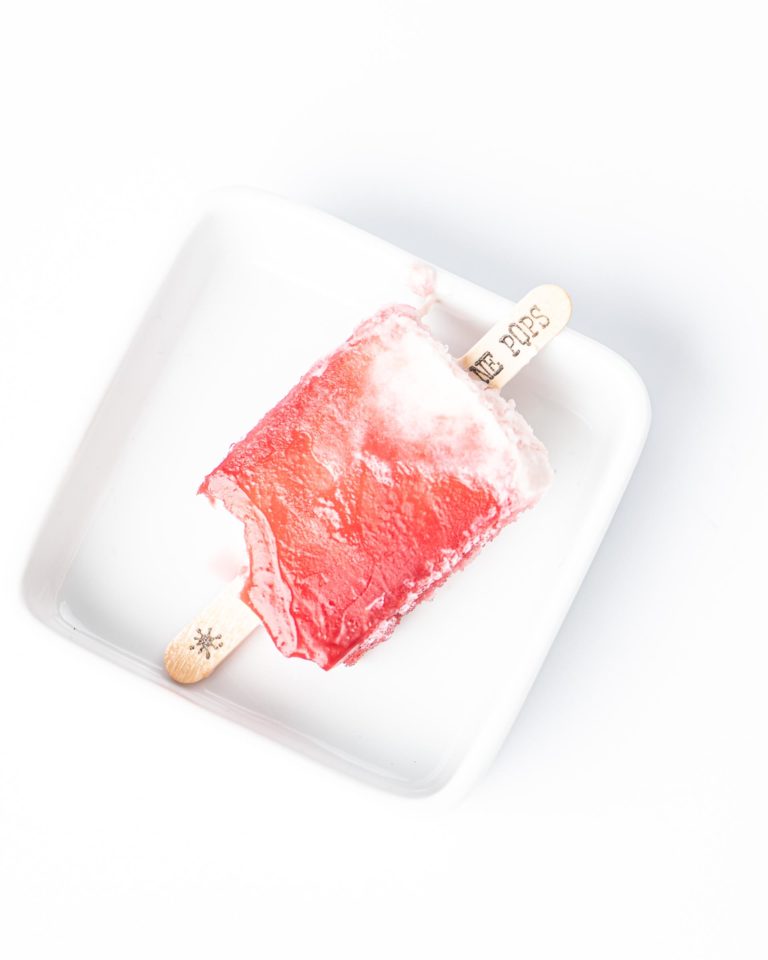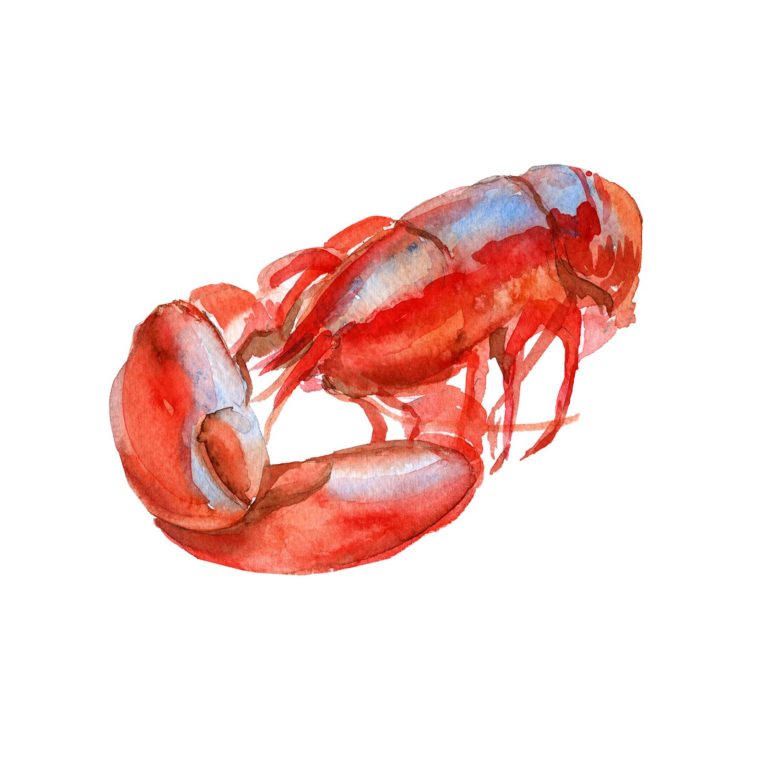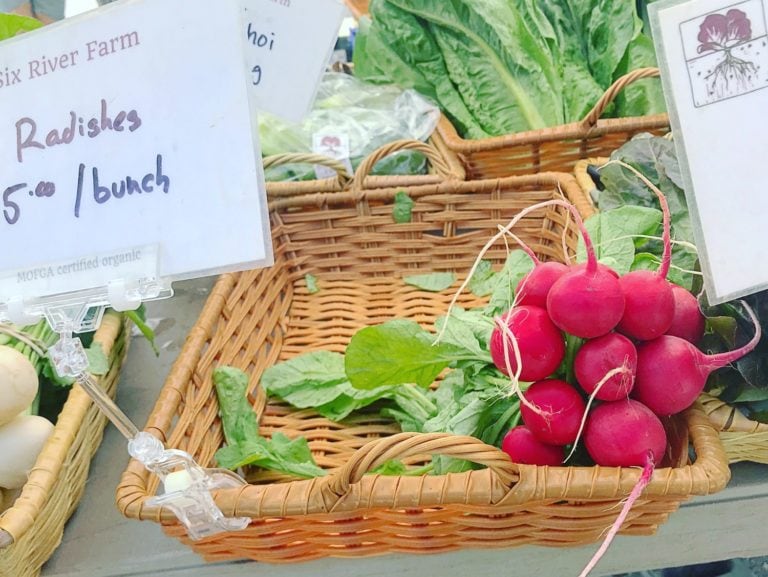Inside one of the dairy barns at Misty Brook Farm, 15 sheep are lined up, their soft faces buried in food troughs. As they eat, plastic liners attached to their udders gently suction milk into a collection tank. Becca Hansen, who has worked at the farm for five years, moves from sheep to sheep, adjusting their milking devices and making sure they have enough grain.
The little herd will give Hansen nearly 10 gallons a day during the milking season. Misty Brook Farm is a 600-acre, certified organic farm in Albion, selling sheep milk to co-ops and in farmers markets around the state; they are often the only ovine dairy on the shelf. But in added-value items, sheep milk is more common than you might realize. It is the only dairy used in making certain iconic cheeses, including feta, Manchego, and pecorino. Hansen uses hers to produce a luxurious, creamy yogurt.
American palates are not used to the richness of sheep milk as a plain drink, but sheep have been a source of dairy for people since long before cows. When humans first started milking animals, they turned to goats and sheep. Today, sheep milk is less common than cow milk or even goat milk, but it is starting to gain footing.
Ovine dairy has twice as much fat and protein as cow milk, plus it is easier to digest. Sheep milk yogurt, such as Hansen’s, is a healthy choice, loaded with probiotics and vitamins (though you may not guess that thanks to its decadent texture and taste). Unlike goat milk, which occasionally smells or tastes of the goat itself, sheep milk flavor leans neutral, slightly sweet and mild.
You likely have not considered using sheep milk for a cocktail, but that is what Anika Wilson of Bad Rabbit Flowers in Westbrook did. During the COVID-19 lockdown, Wilson—a professional wedding florist—found herself with an abundance of garden produce mixed with a passion for a delicious cocktail. Merging farming and drink-making, paired with a lifetime of work in bars prior to her flower business, Wilson has created a collection of garden-to-glass recipes that she is currently working on turning into a book
How does sheep milk translate into an amazing libation?
“I love the consistency of sheep’s milk,” Wilson explains. “It’s the creamiest of all the milks, which in turn leads to a great mouthfeel in a cocktail. It also curdles better and faster than cow or goat milk, making it great for milk-washed cocktails.”
I visited Wilson with a half-gallon of sheep milk collected from Hansen’s operation at Misty Brook Farm. We both admired the velvety texture of the milk; unlike cow milk, sheep milk has a creamy and silky texture and does not leave one’s mouth feeling coated. Here are some warm-weather cocktails to try with sheep milk. We hope you have as much fun making these creative beverages as we did.














